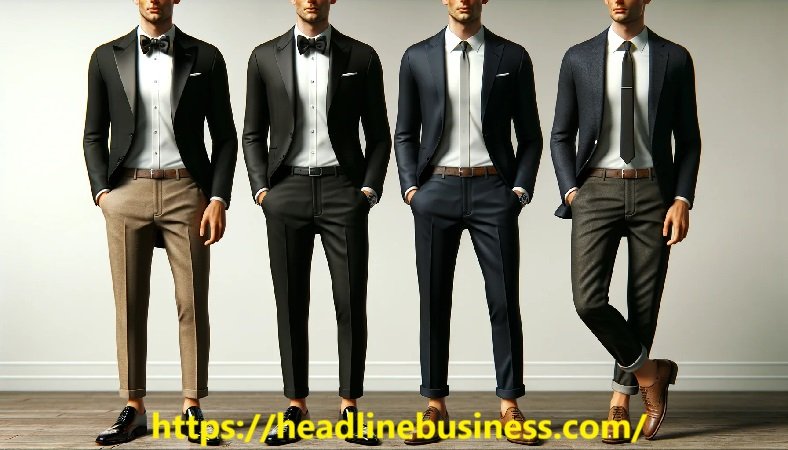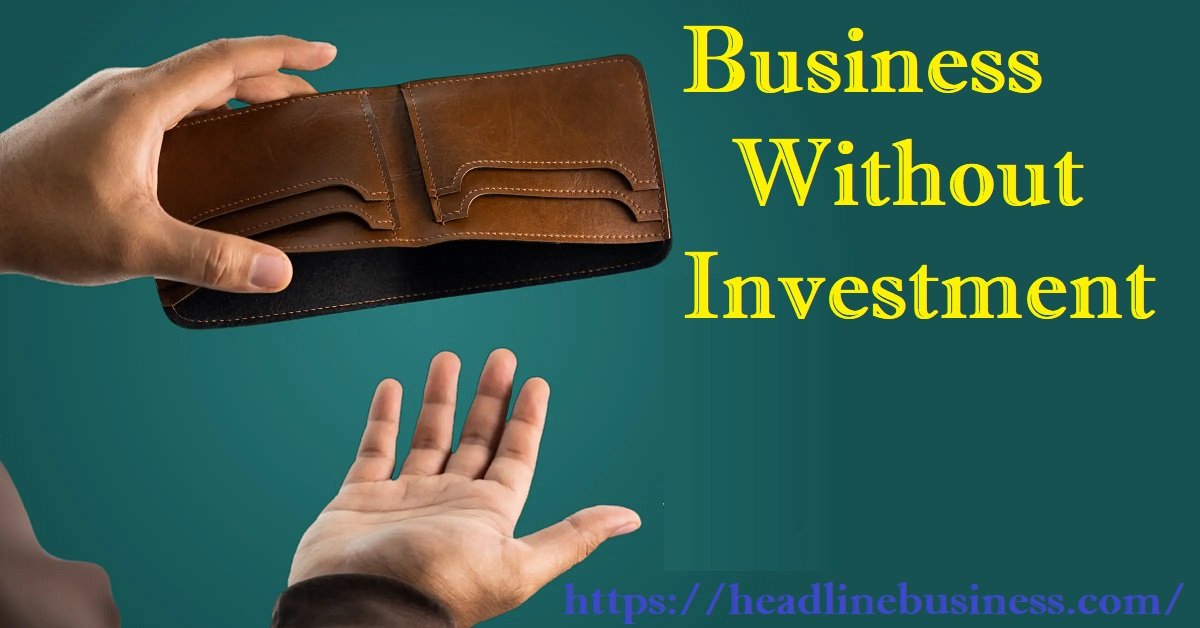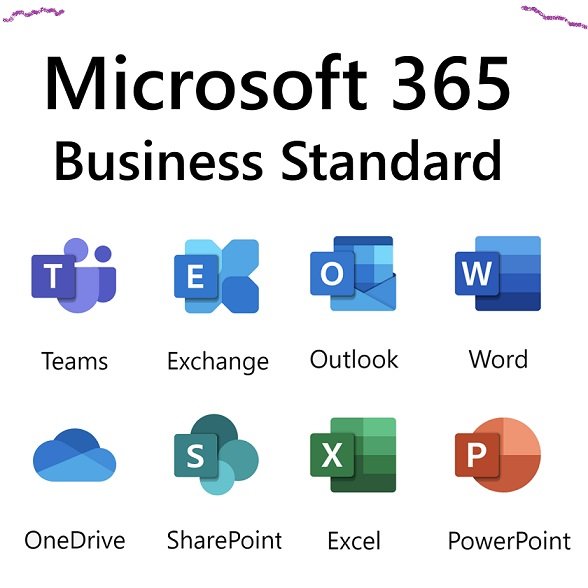Business Formal Attire: The Ultimate Guide to Dressing Professionally
When it comes to creating a professional image, business formal attire plays a significant role. The right outfit not only boosts confidence but also conveys a sense of respect, authority, and attention to detail. This guide will help you understand the basics of business formal wear, the key elements of a professional wardrobe, and some practical tips for building a versatile, stylish closet.
What Is Business Formal Attire?
Business formal is one of the highest levels of dress codes and is commonly required in corporate settings, important meetings, or events where professionalism is key. The attire is typically conservative, well-tailored, and free of excessive colors or patterns. While the specific guidelines may vary by company or industry, business formal generally emphasizes neatness, modesty, and understated elegance.
Key Components of Business Formal for Men and Women
For Men:
- Suit: A well-fitted suit in neutral colors like black, navy, or charcoal is essential. Two- or three-piece suits are typically acceptable.
- Dress Shirt: A classic white or light-colored dress shirt made of high-quality material.
- Tie: A simple tie in a solid color or subtle pattern. Avoid flashy or bold designs.
- Dress Shoes: Black or brown leather shoes are standard, always polished and in good condition.
- Accessories: A belt that matches your shoes, a simple watch, and cufflinks if appropriate.
For Women:
- Suit or Dress: A tailored pantsuit, skirt suit, or conservative dress in neutral colors.
- Blouse: A simple blouse in white or a muted color, often paired with a blazer.
- Shoes: Closed-toe pumps or flats in neutral shades like black, beige, or navy.
- Accessories: Minimal jewelry and a structured handbag. Avoid overly bright colors or statement pieces.
Why Business Formal Attire Matters
Dressing in business formal attire conveys a sense of professionalism and respect for the environment and people around you. It can help establish credibility, build trust, and even enhance productivity. Here are some benefits of adhering to a business formal dress code:
- Professional Image: Business formal attire shows you take your role seriously.
- First Impressions: In business, first impressions matter. Dressing well helps leave a positive and lasting impact.
- Focus on Quality: Business formal emphasizes quality materials and tailoring, which can lead to a better fit and longer-lasting garments.
- Promotes Confidence: Dressing professionally can help boost self-assurance, which is essential in high-stakes situations.
Building a Business Formal Wardrobe
Creating a business formal wardrobe doesn’t mean you need an extensive collection of outfits. Instead, focus on quality pieces that offer versatility and style. Here’s a step-by-step guide:
- Start with the Basics: Invest in a few core pieces like suits, blazers, dress shirts, and shoes in neutral colors. These items form the foundation of a professional wardrobe.
- Choose Quality Over Quantity: Quality fabrics and well-tailored garments tend to look better, last longer, and provide a comfortable fit.
- Stick to Neutral Colors: Dark colors like black, navy, and gray are staples for business formal attire. Neutral colors are versatile and can be mixed and matched easily.
- Pay Attention to Fit: Business formal attire should be tailored. Ill-fitting clothes can detract from a polished look, so consider tailoring or adjusting garments for the best fit.
- Invest in Accessories: A good watch, leather belt, and appropriate jewelry can elevate a look without going overboard.
Business Formal Dress Code Etiquette
Understanding the finer details of business formal attire can prevent common mistakes. Here are some tips:
- Avoid Bright Colors and Patterns: Business formal is conservative by nature. Stick to muted colors and subtle patterns.
- Keep Jewelry Minimal: Over-accessorizing can appear unprofessional. Choose classic pieces that complement rather than dominate your look.
- Maintain Grooming Standards: Neat hair, trimmed nails, and well-maintained shoes all contribute to a professional appearance.
- Iron or Steam Clothes: Wrinkled attire is a common mistake. Make sure all clothing is pressed and crease-free.
- Know the Occasion: Some situations might call for more formal attire, like a board meeting, whereas others may be slightly relaxed.
Tips for Men’s Business Formal Attire
For men, dressing in business formal attire can be straightforward with the right wardrobe staples. Here’s how to master the look:
- Invest in Classic Suits: A high-quality suit in a neutral color is a must-have. Make sure it’s well-fitted and comfortable.
- Select Dress Shirts Carefully: White, light blue, and pale pink are all good choices for a dress shirt. Look for materials like cotton or cotton blends for durability.
- Tie It Right: Choose a tie that complements your suit without drawing too much attention. Solid colors or simple patterns work best.
- Polish Your Shoes: Shoes can make or break a business formal outfit. Keep them polished and in good condition.
- Keep Accessories Subtle: Avoid excessive jewelry. A classic watch and cufflinks (if appropriate) add a finishing touch.
Tips for Women’s Business Formal Attire
Women’s business formal attire offers more variety but still focuses on a polished, conservative appearance. Here are some tips:
- Opt for Tailored Blazers and Pants: A well-fitted pantsuit or skirt suit exudes professionalism. Look for high-quality fabrics that hold their shape.
- Choose Blouses Wisely: Avoid sheer or low-cut blouses. Instead, opt for solid colors or subtle patterns.
- Wear Closed-Toe Shoes: Closed-toe heels or flats in neutral colors are ideal for a business formal look.
- Keep Accessories Minimal: Small earrings, a simple necklace, and a structured bag are excellent choices.
- Maintain a Neat Appearance: Ensure your hair and makeup are understated. Avoid overly bright or bold makeup.
Business Formal for Different Settings
Although business formal has core rules, it can vary depending on the setting and region.
- Corporate Office Settings: Traditional business formal attire is usually required for high-stakes environments, such as law firms or financial institutions. Stick closely to neutral suits, modest shirts, and classic shoes.
- Networking Events: Depending on the event, business formal attire may be slightly relaxed. A tailored blazer with a shirt and dress pants or a pencil skirt can work well.
- Job Interviews: Business formal is the safest option for job interviews in corporate settings. This is your chance to make a strong impression with a well-fitted suit or business dress.
Common Mistakes to Avoid in Business Formal Attire
While mastering business formal, it’s easy to overlook minor details that can make a big difference. Here are some pitfalls to watch for:
- Wearing Wrinkled Clothes: Always iron or steam your clothes. Wrinkles can make an outfit look unprofessional.
- Ignoring Grooming: Clean, neat grooming is essential. Pay attention to details like nails, hair, and accessories.
- Choosing Flashy Colors or Patterns: Business formal attire should not draw too much attention. Keep colors and patterns conservative.
- Poor Fit: Tailoring is crucial in business formal attire. Avoid clothing that is too loose or too tight.
- Over-Accessorizing: Keep jewelry and accessories to a minimum. A classic watch or small earrings are usually enough.
Practical Tips for Shopping on a Budget
Building a business formal wardrobe can be expensive, but there are ways to keep costs down:
- Buy Versatile Pieces: Focus on items that can be styled in multiple ways, like a neutral suit or a classic white shirt.
- Consider Outlet Stores and Sales: Many stores offer discounts on quality business attire, especially during sales.
- Look for Timeless Styles: Trends come and go, but classic pieces like black blazers or leather shoes never go out of style.
- Invest in Quality, Not Quantity: Instead of buying multiple low-quality items, invest in a few high-quality pieces that will last longer.
Conclusion
Mastering business formal attire is an essential skill for creating a lasting, professional impression. With attention to fit, fabric, and detail, anyone can build a wardrobe that conveys authority, confidence, and respect. Focus on quality pieces, neutral colors, and understated elegance to ensure your professional wardrobe is ready for any high-stakes event or corporate setting.
Read More: Emirates Business Class: A Comprehensive Guide to Luxury Travel




